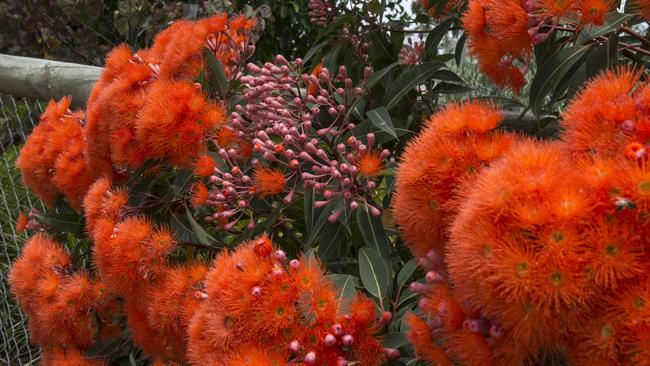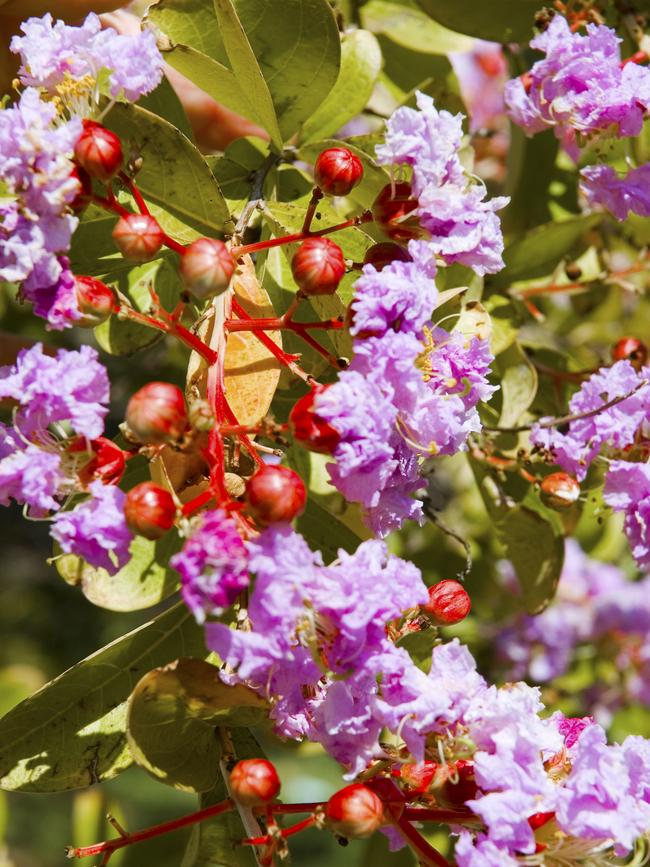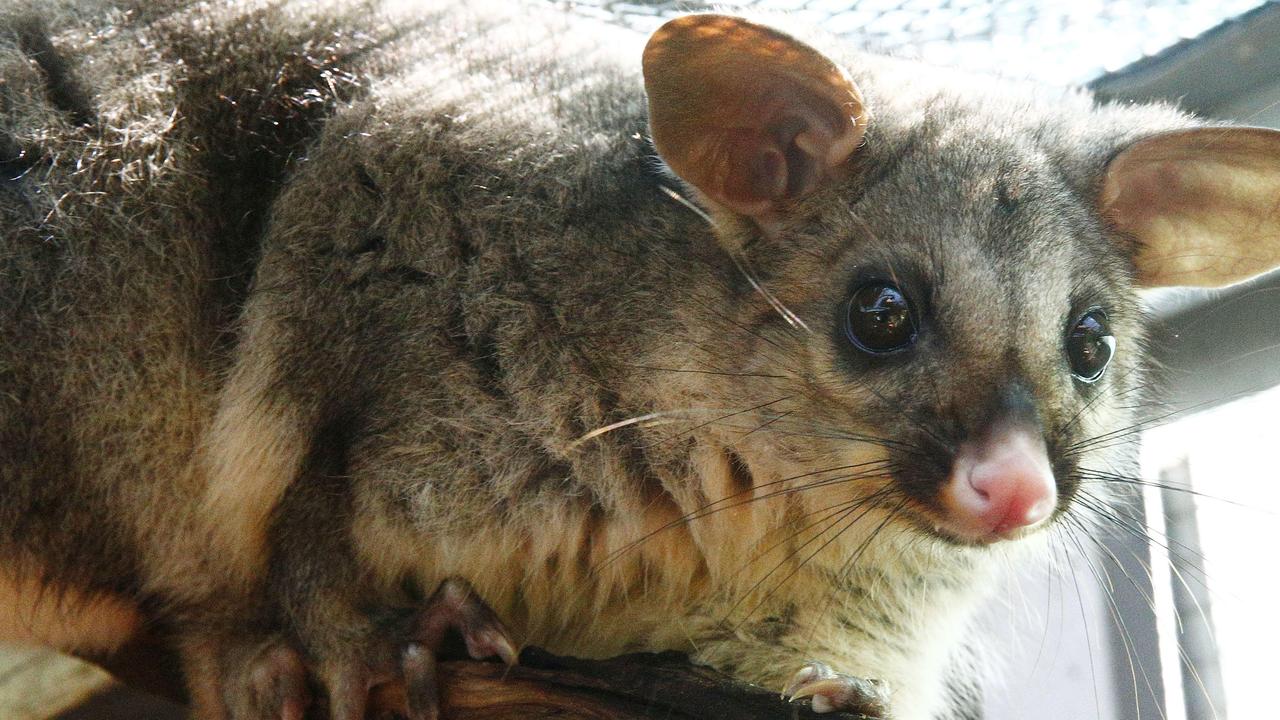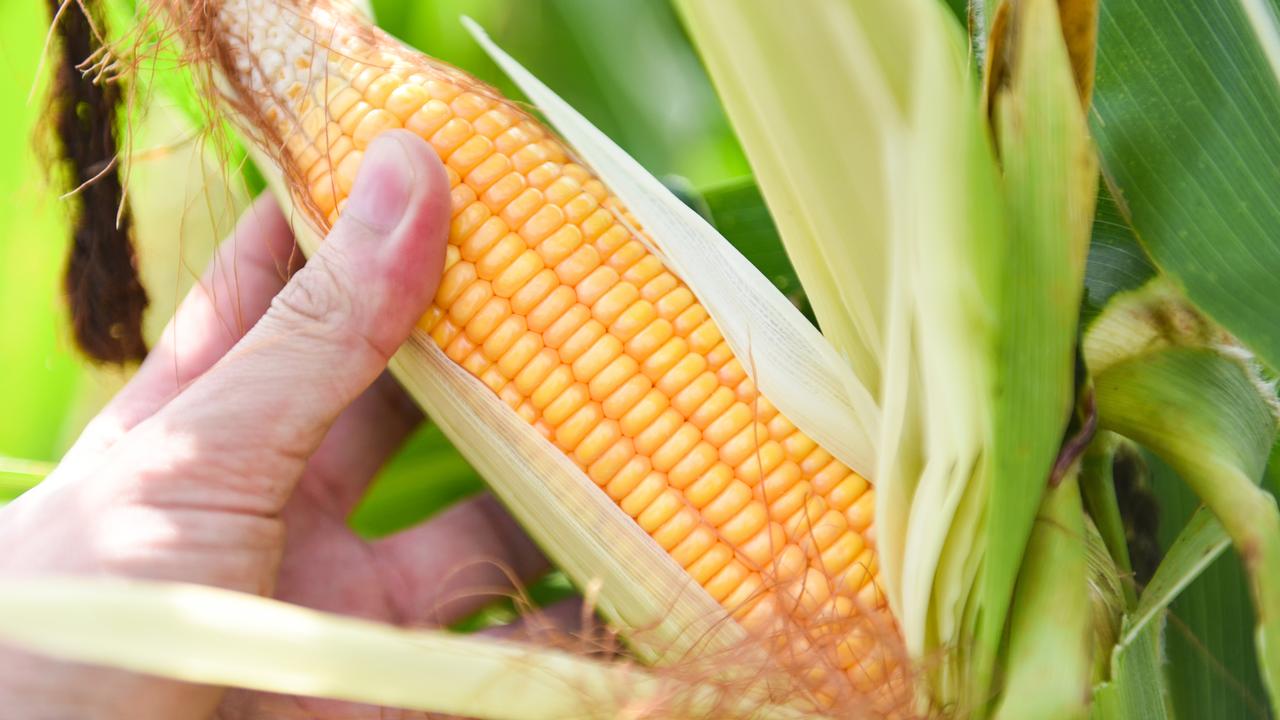Australian native flowering trees that give gardens a splash of colour
Adding flower power to our tree choices enhances the beauty of a garden’s atmosphere. And Tony Fawcett has three favourites he always turns to.

FROM its magnificent elms and oaks to its soaring snowgums, Victoria boasts some awe-inspiring trees.
Yet sometimes we crave a little drop-dead flowering beauty in our trees — a seasonal explosion of floral colour, especially in country gardens.
It might be a head-turning flowering cherry, a pendulous-flowered golden chain tree (Laburnum ‘Vossii’) or even a striking blue jacaranda that has managed to find protection away from the frosty blasts.
MORE
GROW YOUR OWN WAY THIS FEBRUARY
TREE CARE CHECKLIST FOR HOT SUMMER DAYS
They are excellent choices, but with our climate heading the way it seems to be going it’s important to choose flowering beauties that won’t be put off by a succession of dry months.
You can get highfalutin’ in your choice but for mine a trio of old favourites do it as well as any.
First on my favourite list is the flowering gum.
I go on a bit about the flowering gum but a recent foray around the Mornington Peninsula convinced me this one-time eucalypt (it’s now known as Corymbia ficifolia), in its iridescent reds, pinks and breathtaking oranges, is a true Aussie treasure.
Whether a giant looking out over Port Phillip or a compact and more moderately sized grafted mini flowering gum originating from Western Australia, they were a sight to behold as bees and parrots honed in on their beautiful nectar-laden blooms.
Equally stunning were their nearly as colourful gumnuts amid the furry show.
I’m sure nearly all gardens have a place for one, or, as I noticed on the Mornington Peninsula, they make eye-catching nature strip specimens.
While the nursery price is still on the high side, due mainly to the production time needed to ready them for sale, the grafted versions truly offer vibrant bang for your buck.
Selling for around $165 for specimens just over a metre high, they need to be viewed in light of the annual spectacular they’ll turn on for decades to come.
These beauties show their best in full sun and now, thanks to their grafting, cope in a wide variety of soils.
Best of all, they do it without vast amounts of water and mollycoddling, and they grow relatively quickly.

Next on the list is crepe myrtle (Lagerstroemia). Yes, it might be a tad old-fashioned but if you hadn’t noticed there’s been a turnaround in the looks and performance of crepe myrtles over recent times.
Once a crepe myrtle was a rather steady performer that came in a moderate range of colours, provided good autumn foliage and whose bark took on an attractive patina as it peeled and gnarled with age.
Modern breeding has kicked that up quite a few gears.
Today’s crepe myrtle is a world-beater. With names like Sioux, Tuscarora, Tonto and Red Magic, there is enough vibrancy to brighten any garden.
Once established, these newer crepe myrtles perform brilliantly with striking, crinkled-petal flowers in a vast range of colours.
There are semi-dwarf varieties ideal for street and smaller-garden plantings and they require minimal pruning.
So long as they are watered through dry summers, they are super hardy and powdery mildew-resistant, which many earlier crepe myrtles weren’t.
And finally, there is the wattle (Acacia). I don’t believe we give this native, with its exhilarating blooms, half the credit it’s due.
Sure, many of us grow and appreciate prostrate, mounding, moptops and an array of other forms for their foliage but the basic flowering wattle is sadly not fully appreciated.
That’s not the case elsewhere.
Today in France the flowering wattle is a favourite, especially in the south, and in Italy it’s the symbol of International Women’s Day with flowering branches exchanged between women as a symbol of unity.
Yet in Australia, reverences such as Wattle Day (remember that) go largely unheralded.
The golden wattle (Acacia pycnantha) is, after all, our national emblem, for good reason — it is hardy, quick- growing, and that floral show — Wow!


